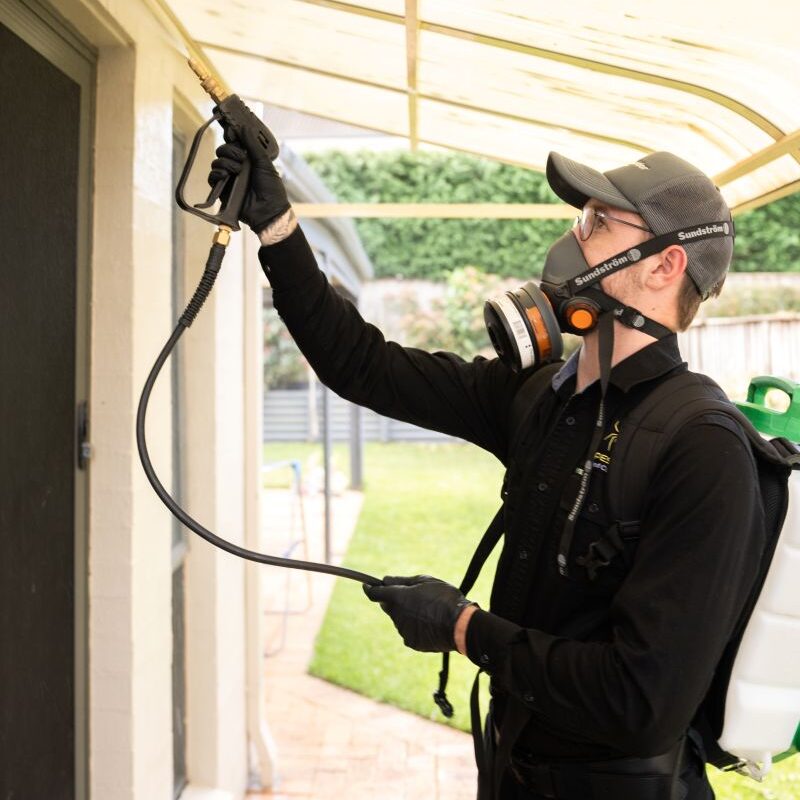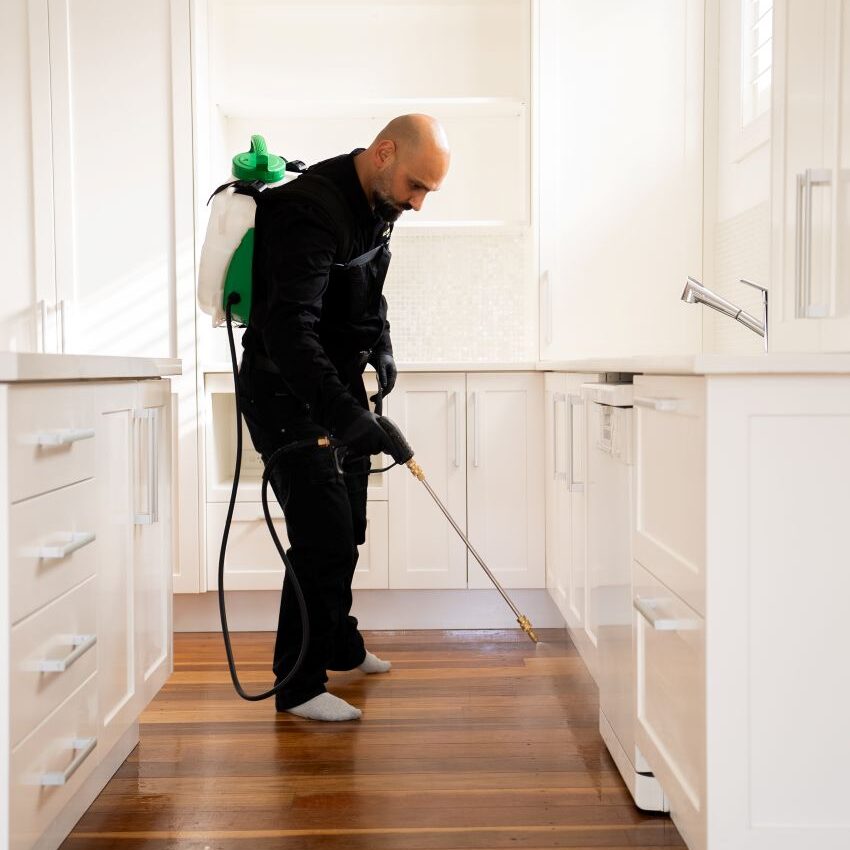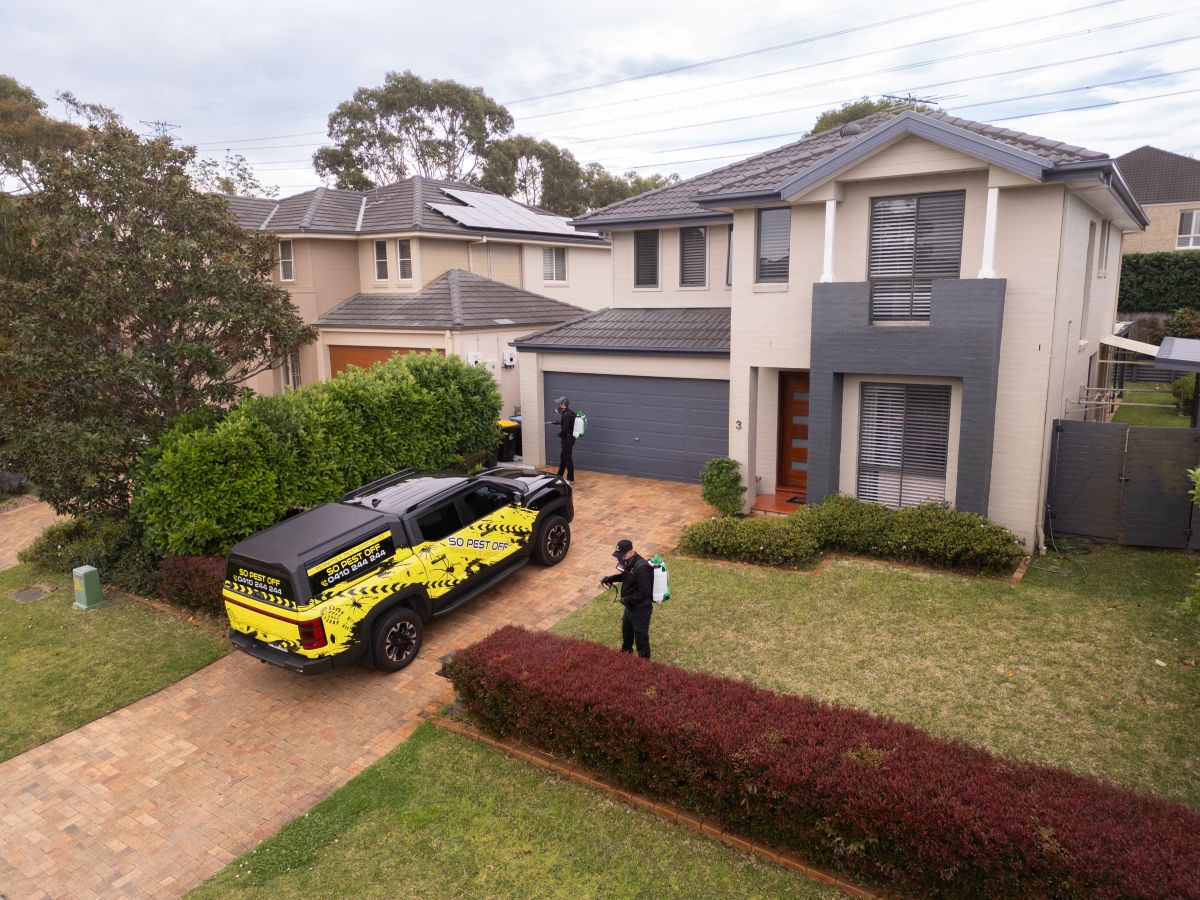For many years, roof dusting served as a common method in general pest control practices targeting residential homes throughout Sydney. This technique was widely perceived as an efficient approach for eradicating cockroaches, spiders, and various other insects that often find shelter above ceilings. However, as time has passed, both pest control professionals and safety regulators have recognized that this method can introduce unnecessary risks, particularly in modern homes that are well-sealed and insulated, rendering it less appropriate for contemporary pest management practices. The shift in understanding regarding roof dusting has fostered a need for safer, more effective alternatives.
At So Pest Off, we have adopted a more intelligent, secure, and effective methodology for pest control. This article will explore the reasons why roof dusting has fallen out of favor in most pest management strategies and will provide insights into specific scenarios where it may still have relevance. By emphasizing the importance of safety and effectiveness, we aim to provide homeowners with the best pest control solutions available.

Understanding Roof Dusting: An Overview of This Pest Control Technique
Roof dusting involves the application of a fine insecticidal powder, typically permethrin dust, directly into the roof cavity of a residence. The goal is for this dust to settle on various surfaces within the cavity to effectively exterminate pests such as cockroaches, ants, and spiders that may be concealed within the ceiling void. In older homes featuring open ceiling gaps and limited insulation, roof dusting was proven to be highly effective. However, with advancements in construction techniques that involve insulation batts, ducted air conditioning, and downlights, this method has become significantly less safe and largely unnecessary in modern pest control contexts.
Identifying the Risks: Reasons to Avoid General Roof Dusting
Despite its historical efficacy, permethrin dust is not always suitable for indoor use. Here’s a comprehensive examination of the reasons why:
1. How Does Dust Escape from the Roof into Living Spaces?
When dust is applied within a roof cavity, there is no guarantee that it will remain confined to that space. Fine particles can easily drift down through downlights, air-conditioning vents, exhaust fans, and ceiling cracks, ultimately settling in bedrooms and other living areas. This scenario raises significant concerns, particularly for families with children, individuals suffering from asthma, or those with allergies. These particles pose a risk as they can be inhaled or settle on furniture and surfaces, potentially leading to various health complications that affect the well-being of residents.
2. Why Do Roof Cavities Accumulate Contaminants?
Ceiling voids often harbor a range of contaminants, including old insulation fibers, dust, bird droppings, and rodent waste. When a pest control technician applies dust, these materials can become airborne and circulate throughout your home via ventilation and ceiling openings. For example, when you switch on your air conditioner after a roof dusting treatment, the airflow can push these disturbed particles into your living spaces, further compromising the indoor environment. This can lead to a range of health issues and affect the overall quality of the air within your home.
3. Assessing the Effectiveness of Roof Dusting Against Targeted Pests
In contemporary homes, many common pests such as cockroaches and ants typically do not inhabit roof cavities. Instead, they prefer nesting in wall cavities, kitchens, and subfloor areas, which can be more effectively reached through methods like external wall dusting or baiting. As a result, roof dusting often introduces unnecessary risks without significantly improving pest control outcomes. This highlights the need for a more targeted approach to pest management that prioritizes safety and efficiency.

Unveiling Our Cutting-Edge and Safer Pest Control Techniques
At So Pest Off, we have revolutionized our approach to pest control by prioritizing your family’s health and home safety. Instead of introducing dust directly into the roof cavity, we implement a targeted external application strategy that is both efficient and safe for your household.
- We dust through weep holes and wall cavities, specifically focusing on areas where cockroaches, ants, and spiders actually reside, ensuring more effective pest elimination.
- We combine dusting with gel baiting and barrier sprays, effectively eliminating pests at all stages of their life cycle, providing comprehensive control.
- We significantly minimize airborne dust exposure, thereby safeguarding your air quality and enhancing the overall environment of your home.
This innovative methodology not only keeps your living spaces cleaner but also achieves superior pest control results because it specifically targets pests in their actual habitats, rather than where they might occasionally wander. This precision ensures that your pest control measures are both effective and safe.
Situations Where Roof Dusting May Still Be Justified
There are a few exceptional scenarios where roof dusting remains the most appropriate option. These situations are rare and are managed with strict safety protocols:
- Severe infestations: This includes significant populations of cockroaches or bird mites following a nesting infestation, which may necessitate immediate action.
- No wall access points: In certain older homes, wall cavities may be inaccessible from the outside, making traditional pest control methods ineffective.
- Minimal ceiling penetrations: If the ceiling lacks vents, downlights, or fans, the risk of dust entering the home is considerably reduced, making roof dusting a more viable option.
In these specific circumstances, our technicians may perform a controlled roof dusting treatment, utilizing protective equipment and applying only the minimum effective quantity of dust. We will always discuss the entire process and safety precautions with you beforehand, ensuring complete transparency and peace of mind.
Ensuring Your Home's Air Quality Remains Optimal
Roof dusting extends beyond just pest control; it significantly impacts indoor air safety. When your ceiling cavity is disturbed, fine dust and insecticidal particles can infiltrate your air conditioning system or descend through vents. Over time, these particles can disperse through ducts, settle on furniture, and even contaminate the air you breathe, posing potential health risks for you and your family.
By avoiding unnecessary roof dusting, we actively protect your air quality while still delivering effective pest control solutions that prioritize your family's health and well-being. Our commitment to safe practices ensures that your home remains a comfortable and healthy environment.

Setting New Standards for Pest Control in Sydney
So Pest Off’s strategies align with the guidelines established by the Australian Environmental Pest Managers Association (AEPMA), emphasizing low-toxicity, targeted pest management techniques. We utilize:
- Precision dusting through weep holes, ensuring targeted application for optimal effectiveness.
- Gel baiting specifically designed for cockroaches and ants, maximizing effectiveness while minimizing risks.
- Surface sprays for external barriers, providing comprehensive protection against pests.
This integrated approach guarantees long-lasting protection without compromising your family’s safety or comfort, positioning you and your loved ones in a healthier living environment that fosters well-being and peace of mind.
The Essential Insights on Roof Dusting and Modern Pest Control Practices
Roof dusting may have been the standard in pest control practices in years past, but our understanding has advanced significantly. Contemporary pest control prioritizes safety, precision, and targeting pests where they are most likely to be found, rather than inundating your home with harmful chemicals.
At So Pest Off, we only resort to roof dusting when absolutely necessary and always under controlled conditions. For the vast majority of homes, external wall dusting and barrier treatments provide superior protection with significantly reduced risk. Our methods reflect our commitment to the health and safety of your family.
If you are uncertain whether your property requires roof dusting, our licensed technicians are prepared to conduct a thorough inspection and provide tailored recommendations for the safest and most effective pest control solutions based on your specific needs.
Contact us today to schedule an inspection or inquire about our comprehensive pest control packages designed for homes and businesses in Sydney. We are here to help you maintain a pest-free environment.
The Article: Roof Dusting Pest Control: Understanding Its Infrequency first appeared on https://writebuff.com
The Article Roof Dusting Pest Control: Why It’s Rarely Needed Was Found On https://limitsofstrategy.com

